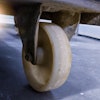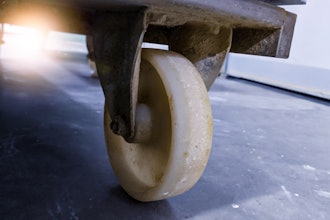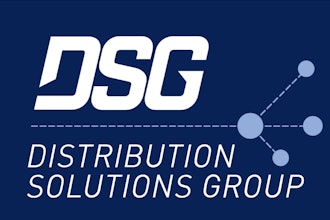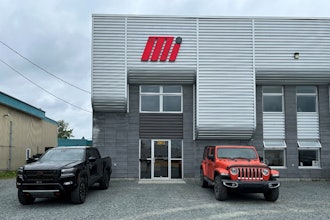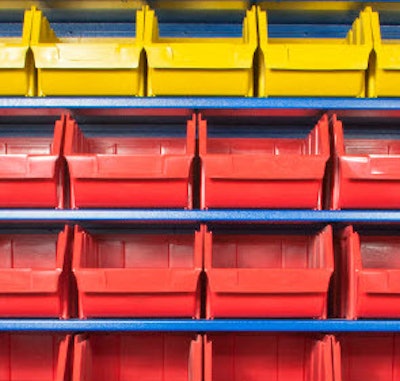
This is part one of a two-part series from FORTE's Derek Sorensen on slotting in the distribution center. Check back next Friday for part two. To view the original article on the FORTE blog, please click here.
Some Thoughts About Slotting
Arriving early for a party at a friend's house, you offer to help the harried host - by offering to unload the dishwasher and straighten up the kitchen. They demur; you insist. Springing to the task, you immediately realize you don't know where everything goes, and your friend must continuously advise you where to store the mixing bowls, glassware, heavy cast iron skillet, oddball gadgets and so on. Over time, your friend has slotted every item in the kitchen to optimize their productivity and maximize limited storage capacity. They have attained labored space efficiency (at least temporarily), which is precisely the goal in managing your DC operation.
We all get excited about high profile, big ticket projects expected to yield dramatically improved warehouse efficiency and cost benefits. But a more mundane initiative, whether intermittently or in some cases continuously applied, will almost certainly enable you to realize impressive and tangible efficiency gains. It is perhaps the most fundamental of all DC tasks: slotting, the process of determining the optimum location to store product to maximize labor and space efficiencies.
Everyone intuitively understands the basic objective of slotting (aka profiling) in a warehouse. The most frequently picked items should be in the most easily accessible locations to minimize travel and reach times, providing an ergonomic environment for the pickers while facilitating ease of replenishment. It stands to reason that the fastest movers in a DC should be toward the front of the picking aisles rather than the back. While true, this masks the greater scope and impact of the slotting process. Slotting is much more than picking improvement and presumed greater throughput. It incorporates replenishment labor, storage media optimization, ergonomics, and return on investment in material handling and software systems.
While initial gains in productivity will almost certainly be realized immediately following a re-slotting project, it's important to revisit warehouse performance and the slotting plan at regular intervals to maintain those gains. How often this is necessary and the tools required will be driven by the rhythms and characteristics of the business, including:
How variable is customer demand?
How often are SKUs introduced and old SKUs retired?
What is the impact of seasonality on the quantities and types of product being picked?
How often do packaging changes occur?
As with everything else in business today, the slotting process can be enhanced by the collection and interpretation of data. Dedicated slotting software programs tied in with WMS and labor management programs are excellent vehicles to reach higher levels of DC efficiency and resource optimization.
In the follow-up to this blog next week, we'll look at the practical "nuts and bolts" of the slotting process.


